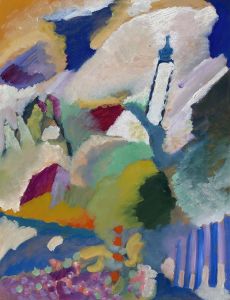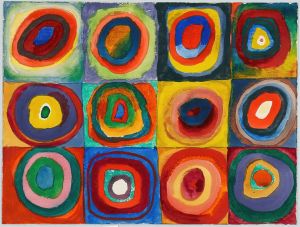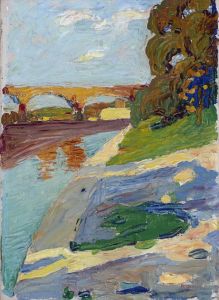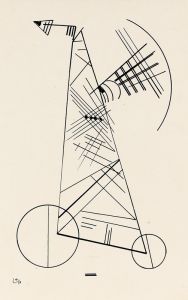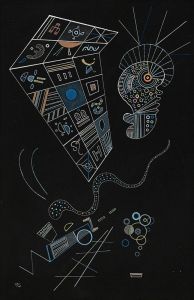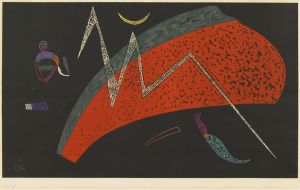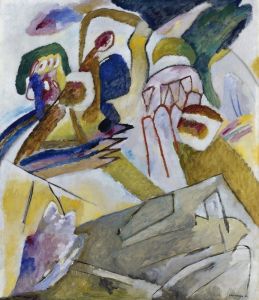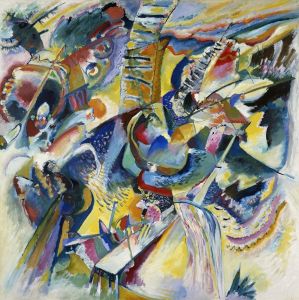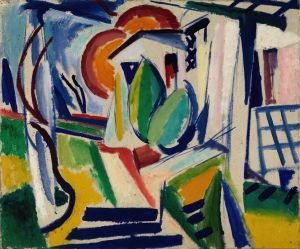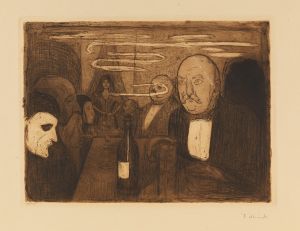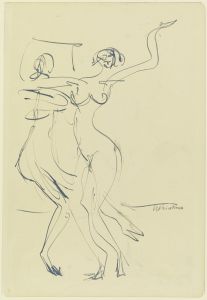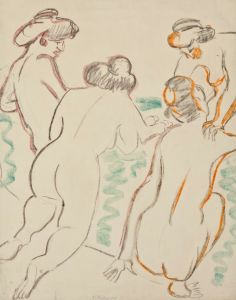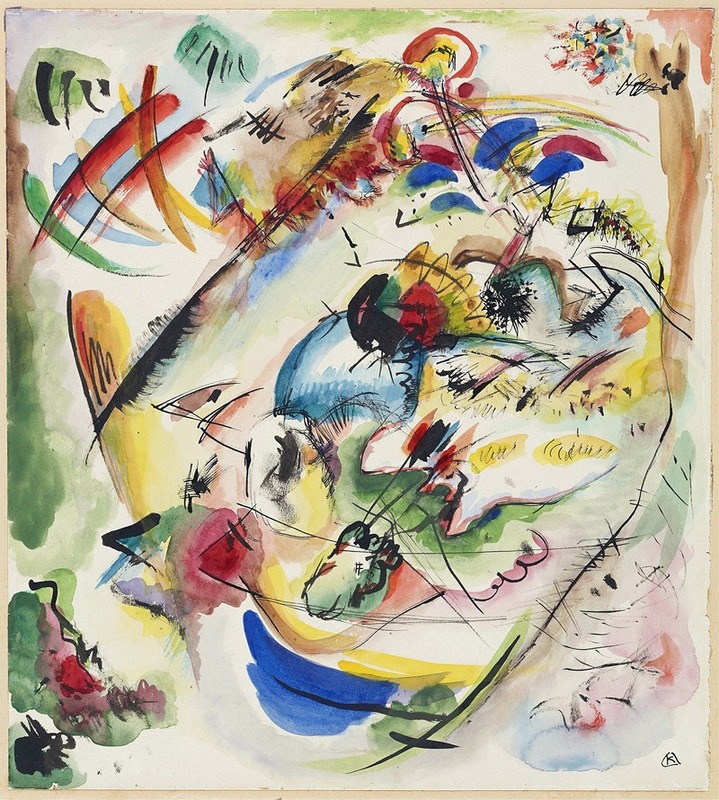
draft for ‘Träumerische Improvisation’
A hand-painted replica of Wassily Kandinsky’s masterpiece draft for ‘Träumerische Improvisation’, meticulously crafted by professional artists to capture the true essence of the original. Each piece is created with museum-quality canvas and rare mineral pigments, carefully painted by experienced artists with delicate brushstrokes and rich, layered colors to perfectly recreate the texture of the original artwork. Unlike machine-printed reproductions, this hand-painted version brings the painting to life, infused with the artist’s emotions and skill in every stroke. Whether for personal collection or home decoration, it instantly elevates the artistic atmosphere of any space.
Wassily Kandinsky, a pioneer of abstract art, created the painting "Träumerische Improvisation" during a period of significant artistic exploration and innovation. Kandinsky, born in Moscow in 1866, was a leading figure in the development of abstract art in the early 20th century. He is renowned for his theoretical writings on art and his role in the formation of the Blue Rider (Der Blaue Reiter) group, which sought to transcend traditional artistic boundaries and explore new forms of expression.
"Träumerische Improvisation," which translates to "Dreamy Improvisation," is part of a series of works Kandinsky referred to as "Improvisations." These paintings were characterized by their spontaneous and expressive use of color and form, reflecting Kandinsky's interest in the emotional and spiritual aspects of art. The "Improvisations" series was created during a time when Kandinsky was deeply influenced by music, particularly the works of composers like Richard Wagner and Arnold Schoenberg. He believed that painting could evoke emotions in a manner similar to music, and he sought to create a visual language that could communicate directly with the soul.
The painting itself is a vibrant composition that exemplifies Kandinsky's transition from representational art to abstraction. It features a dynamic interplay of colors and shapes, with bold lines and forms that seem to float and interact across the canvas. The use of color in "Träumerische Improvisation" is particularly noteworthy, as Kandinsky employed a palette that was both vivid and harmonious, aiming to evoke a sense of dreamlike wonder and introspection.
Kandinsky's approach to art was heavily influenced by his synesthetic experiences, where he perceived colors and sounds as interconnected. This unique perspective allowed him to explore the emotional resonance of colors and shapes, leading to the creation of artworks that were not bound by the physical world but rather sought to capture the essence of inner experiences and emotions.
"Träumerische Improvisation" reflects Kandinsky's belief in the spiritual power of art. He was inspired by theosophy and other spiritual movements of the time, which emphasized the idea that art could serve as a bridge to higher spiritual truths. This painting, like many of his works, is imbued with a sense of mysticism and a desire to transcend the material world.
Kandinsky's contributions to art extended beyond his paintings; his theoretical writings, such as "Concerning the Spiritual in Art," have had a lasting impact on the development of modern art. In these writings, he articulated his vision of art as a means of expressing the innermost feelings of the artist, free from the constraints of representation.
"Träumerische Improvisation" remains an important work within Kandinsky's oeuvre, illustrating his journey towards abstraction and his commitment to exploring the spiritual dimensions of art. Today, Kandinsky is celebrated as a visionary artist whose innovative ideas and works continue to inspire and influence artists and art enthusiasts around the world.






